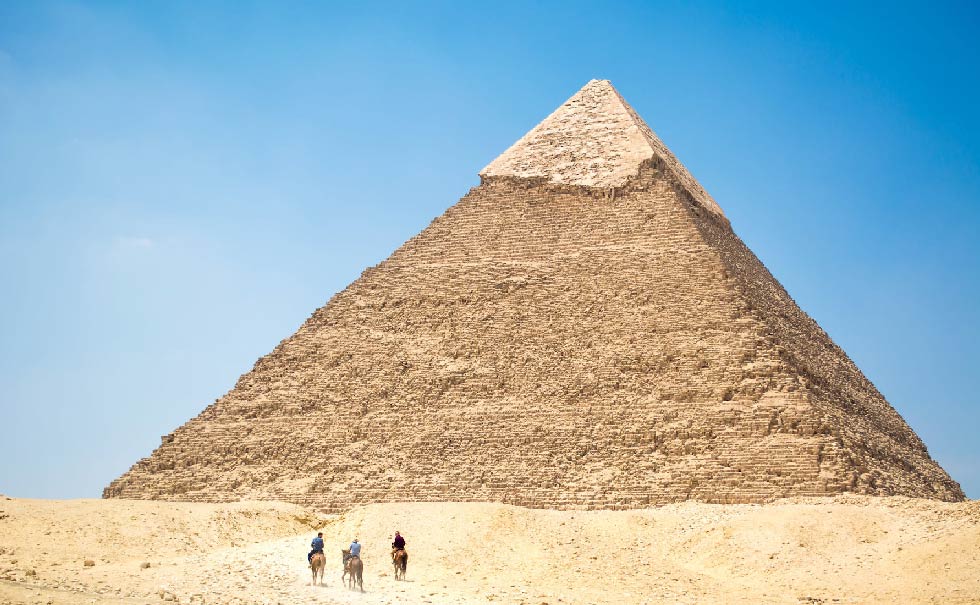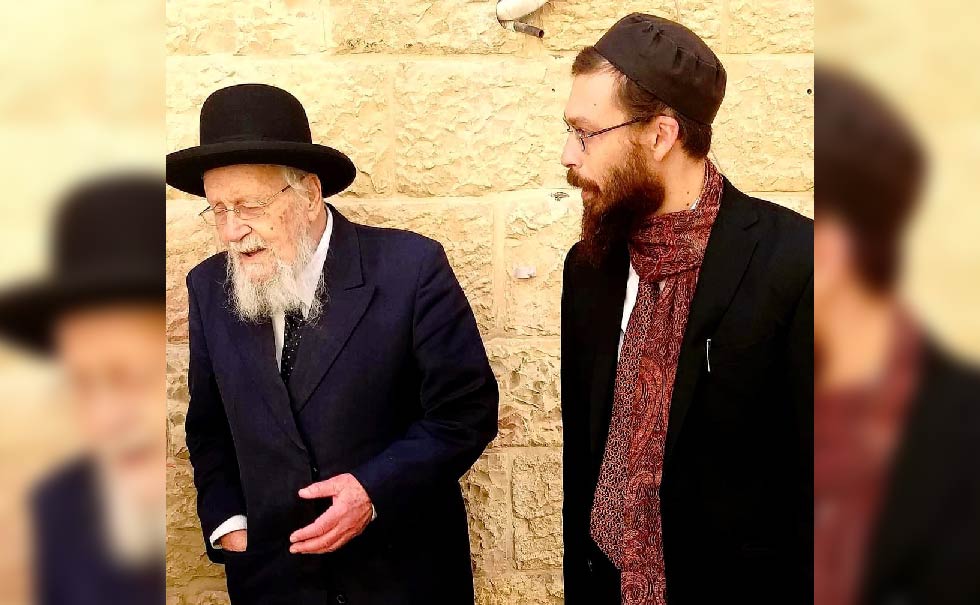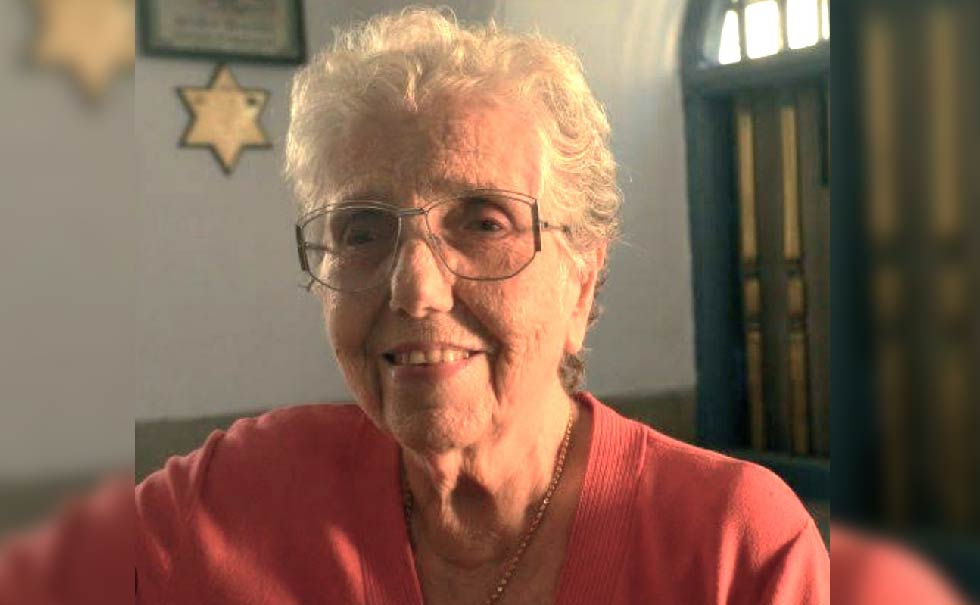Shabbat HaGadol
The Shabbat before Pesach is called “Shabbat HaGadol” – however much like our Seder night song of “Ma’Nishtana” we could ask, what besides the special Haftorah[1] makes this Shabbat “different from all the other Shabbatot” of the year?
According to the Talmud[2] this was a day that the Israelites prepared their lambs for sacrifice, immediately the nations asked them – What are you doing? They replied that this is a Pesach sacrifice for Hashem as he is about to slay their first born sons. The Israelites kept Shabbat and did not tend their flocks, so when the nations saw them doing so they knew that something new and different was about to occur. Another reason given[3] was that Moses had requested from Pharoah a day of rest before the resuming of hard work, on this Shabbat they did not return to their slavery but rather went forth to freedom.
The simple practical answer (beyond these Drashot) is that many of the Shabbatot with a special Haftorah gains a unique name, for example Shabbat Chazon[4], Shabbat Nachamu[5] and Shabbat Shuva[6], these names were chosen due to the words that appear within the special Haftorot[7] – on this Shabbat we read:[8]
הִנֵּ֤ה אָנֹכִי֙ שֹׁלֵ֣חַ לָכֶ֔ם אֵ֖ת אֵלִיָּ֣ה הַנָּבִ֑יא לִפְנֵ֗י בּ֚וֹא י֣וֹם יְהֹוָ֔ה הַגָּד֖וֹל וְהַנּוֹרָֽא׃
“Behold, I will send the prophet Elijah to you before the coming of the awesome, fearful day of the Hashem” – hence, we call it Shabbat “HaGadol” as a reference to the final and ultimate redemption – may it come speedily.
Many customs for this Shabbat exist including the reading of special Piyyutim (Cantorial Songs), the reciting of sets of the book of Tehillim (Psalms) and almost universally the Rabbi addresses the community and shares with them laws regarding Pesach, Kashering of Dishes, the sale of Hametz (and other unleavened products) and other laws associated with the Seder itself.
Beyond this, the need is to remind our people of something that can be overlooked if we are busy within the minutia of the laws and complexity of the festival, the festivals were given to us not only as a commemoration of going out of Egypt or our symbolic achievement of peoplehood or the beginning of spring – but also they are days that we are invited to focus on Hashem and the relationship between individual, community and Creator. They exist to assist us with the process of repentance (Tshuvah) and returning to spiritual awareness and observance.
Although all of the festivals of our people have this common thread, Pesach is unique in that it requires more work to achieve: the house must be cleaned and the vessels rendered Kosher or exchanged for a Pesach set, we need specific items for the Seder as well: often the more we get caught up in the moment the easier it is to lose sight of the bigger picture of what is occurring on a symbolic and spiritual level.
In the writings of the Rambam the following is written[9]:
כל זמן שאדם עוסק בבצק אפילו כל היום כולו אינו בא לידי חמוץ. ואם הגביה ידו והניחו ושהה הבצק עד שהגיע להשמיע הקול בזמן שאדם מכה בידו עליו כבר החמיץ וישרף מיד. ואם אין קולו נשמע אם שהה כדי שיהלך אדם מיל כבר החמיץ וישרף מיד. וכן אם הכסיפו פניו כאדם שעמדו שערותיו הרי זה אסור לאוכלו ואין חייבין עליו כרת:
As long as a person is busy with the dough, even for the entire day, it will not become Hametz. If he lifts up his hand and allows the dough to rest so that [it rises to the extent that] a noise will resound when a person claps it with his hand, it has already become chametz and must be burned immediately. If a “noise does not resound and the dough has lain at rest for the time it takes a man to walk a mil, it has become chametz and must be burned immediately.
The amount of time dough is needed to become Hametz is deduced from a Mishnah[10]:
מתני׳ בצק החרש אם יש כיוצא בו שהחמיץ הרי זה אסור:
גמ׳ אם אין שם כיוצא בו מהו אמר רבי אבהו אמר רבי שמעון בן לקיש כדי שילך אדם ממגדל נוניא לטבריא מיל
Mishna: “Deaf dough”, if there is dough similar to it which became leavened, is prohibited.
Gemara: If there is no dough similar to it, what is the halakha? Rabbi Abbahu said that Rabbi Shimon ben Lakish said: the time it takes a person to walk the distance from Migdal Nunaya to Tiberias, which is a Mil.
Generally in Halachic writings the amount of time it takes to walk a Mil is considered between 18-24 minutes[11] and we use in general the shorter time of 18 minutes as our rule.
Famously the free lecture organization TED Talks (Technology Entertainment & Design) has produced thousands of online lectures on a vast variety of subjects – their optimal time for all classes is also 18 minutes, According to TED Talks curator Chris Anderson, 18 minutes is “short enough to hold people’s attention, including on the Internet, and precise enough to be taken seriously: But it’s also long enough to say something that matters.”
The Gematria[12] of 18 is equal to חי, meaning “life” – given the seriousness of the nature of eating Hametz[13] we are literally choosing between keeping the law and breaking it within a very small window of time, our Torah’s foundational principle is to always choose life[14]:
הַעִדֹ֨תִי בָכֶ֣ם הַיּוֹם֮ אֶת־הַשָּׁמַ֣יִם וְאֶת־הָאָ֒רֶץ֒ הַחַיִּ֤ים וְהַמָּ֙וֶת֙ נָתַ֣תִּי לְפָנֶ֔יךָ הַבְּרָכָ֖ה וְהַקְּלָלָ֑ה וּבָֽחַרְתָּ֙ בַּחַיִּ֔ים לְמַ֥עַן תִּֽחְיֶ֖ה אַתָּ֥ה וְזַרְעֶֽךָ׃
I call heaven and earth to witness against you this day: I have put before you life and death, blessing and curse. Choose life in order that you and your offspring would live.
The amount of time of 18-24 minutes is also very relevant for us in general Jewish life, many things that we do actually take this approximate time:
Our תפילת העמידה Amidah (standing) prayer is also called the שמנה עשרה Shemoneh Esreh (eighteen!) relating to how many blessings are contained within it – On weekdays the Amidah consists of 19 benedictions. These include 3 paragraphs of praise, 13 of petition, and another 3 of thanksgiving – the 19th benediction was actually added around 100 CE.
It tends to take approximately about 18-25 minutes to recite the Amidah and listen to the repetition – the Amidah is a silent prayer to Hashem to better ourselves and express thanks to Him, a time to focus on self-development and meditate on who we are, what we wish to achieve and be grateful that which we have,
A number of sources reference the Matza as a “bread of the poor” or a “bread of affliction” most classically[15]:
אָמַר שְׁמוּאֵל: ״לֶחֶם עוֹנִי״ כְּתִיב — לֶחֶם שֶׁעוֹנִין עָלָיו דְּבָרִים. תַּנְיָא נָמֵי הָכִי: ״לֶחֶם עוֹנִי״ — לֶחֶם שֶׁעוֹנִין עָלָיו דְּבָרִים הַרְבֵּה. דָּבָר אַחֵר: ״לֶחֶם עוֹנִי״ — ״עֹנִי״ כְּתִיב, מָה עָנִי שֶׁדַּרְכּוֹ בִּפְרוּסָה, אַף כָּאן בִּפְרוּסָה. דָּבָר אַחֵר: מָה דַּרְכּוֹ שֶׁל עָנִי הוּא מַסִּיק וְאִשְׁתּוֹ אוֹפָה, אַף כָּאן נָמֵי — הוּא מַסִּיק וְאִשְׁתּוֹ אוֹפָה
Shmuel said that the phrase[16]: “The bread of affliction [“Leḥem Oni”]” means bread over which one answers [“Onim”] matters, i.e., one recites the Haggadah over Matzah. That was also taught in a Braitah: Leḥem oni is bread over which one answers many matters. Alternatively, in the verse, “Leḥem Oni” is actually written without a vav, which means a poor person. Just as it is the manner of a poor person to eat a piece of bread, for lack of a whole loaf, so too, here he should use a piece of matza. Alternatively: Just as the manner of a poor person is that he heats the oven and his wife bakes quickly, before the small amount of wood they have is used up, so too here; when baking Matzah, he heats the oven and his wife bakes quickly so the dough doesn’t rise: This is why Matzah is called the poor man’s bread.
Taking this idea further, Jewish sources[17] understand that Hametz is synonym for Ego and haughtiness whereas Matzah is symbolic of humility, this parallels with the concept of prayer and the spiritual quest in general, on Pesach we celebrate having been slaves; owning nothing and being devoid of the ability to choose our lives for ourselves; Torah represents the opposite, its “possessions” are Mitzvot and acts of altruism and kindness and our version of freedom is not only of the ability to choose our destiny but to overcome the physicality of this world and reveal a spiritual element.
Pesach is about the redemption of the Israelites from Egypt, in Hebrew the word for Egypt is: מצרים, the root of which is צר meaning “constriction” or “narrowness” – Egypt is symbolic of personal, national and spiritual limitations – Pesach is about shattering these misconceptions, the ultimate expression of which is self-refinement and the ability to impose our own limitations. Immediately following Pesach we move into the Omer, the period of time between Pesach and the festival of Shavuot (that celebrates the giving and receiving of the Torah) during this time we count days and move through a process of self-development, Torah learning and growth.
Many other elements of our Jewish life can relate directly to this timeframe of 18-25, in terms of our daily study it takes approximately this time to learn a single side of Talmud or chapter of Mishnah, there are many subjects that can be grappled by spending approximately this time a day including Halacha, Midrash, Chassidic thought and other many other Torah subjects, we can literally develop our ability to choose life daily and through this process we can build for ourselves new spiritual vessels (much like we do on Pesach) and reach new levels of development and attachment to Hashem by serving him with a sense of freshness[18] rather than rote, and apply a feeling of newness to our prayers and Torah study and lift ourselves out of our self-imposed constriction into true freedom.
Shabbat Shalom!
Rabbi Jonathan Goldschmidt 2023 ©
______________________________
[1] Corresponding part of the writings of the Prophets to the weekly Parsha (Torah reading)
[2] Tosafot to Talmud Balvi: Shabbat 87a
[3] Writings of Rabbi Yehoshua of Trani; this idea is actually ascribed to his father
[4] Before the fast of the 9th of Av
[5] The Shabbat after the fast on 9th of Av
[6] The Shabbat between Rosh HaShanah and Yom Kippur
[7] Matteh Moshe
[8] Malachi 3:23
[9] Mishneh Torah: Hilchot Chametz Umatza 5:13
[10] Talmud Bavli: Pesachim 46a
[11] Shulchan Aruch (O.C. 459:2) writes that the Mil is 18 minutes &the Rama (261:1) agrees.
Beiur Halacha (459:2) brings some Halachic Authorities who consider it 22.5 minutes and others who say that it is as long as 24 minutes.
[12] Numerical equivalent of Hebrew letters used to learn a Drasha.
[13] Misheh Torah: Hilchot Chametz U’Matzah 1:1 – Anyone who intentionally eats an olive’s size [כזית, or more] of chametz on Pesach from the beginning of the night of the fifteenth of the month of Nisan until the conclusion of the day of the twenty-first of Nisan is liable for כרת (spiritual excision), as [Shemot/Exodus 12:15] states: “Whoever eats leaven… will have his soul cut off.”
[14] Devarim/ Deuteronomy 30:19
[15] Talmud Bavli: Pesachim: 115b/116a
[16] Devarim/Deuteronomy 16:3
[17] Especially in works of Kabbalistic and Chassidic philosophy.
[18] Likutei Halachot: Orach Chayim: Laws of Tefillin: 5:8




